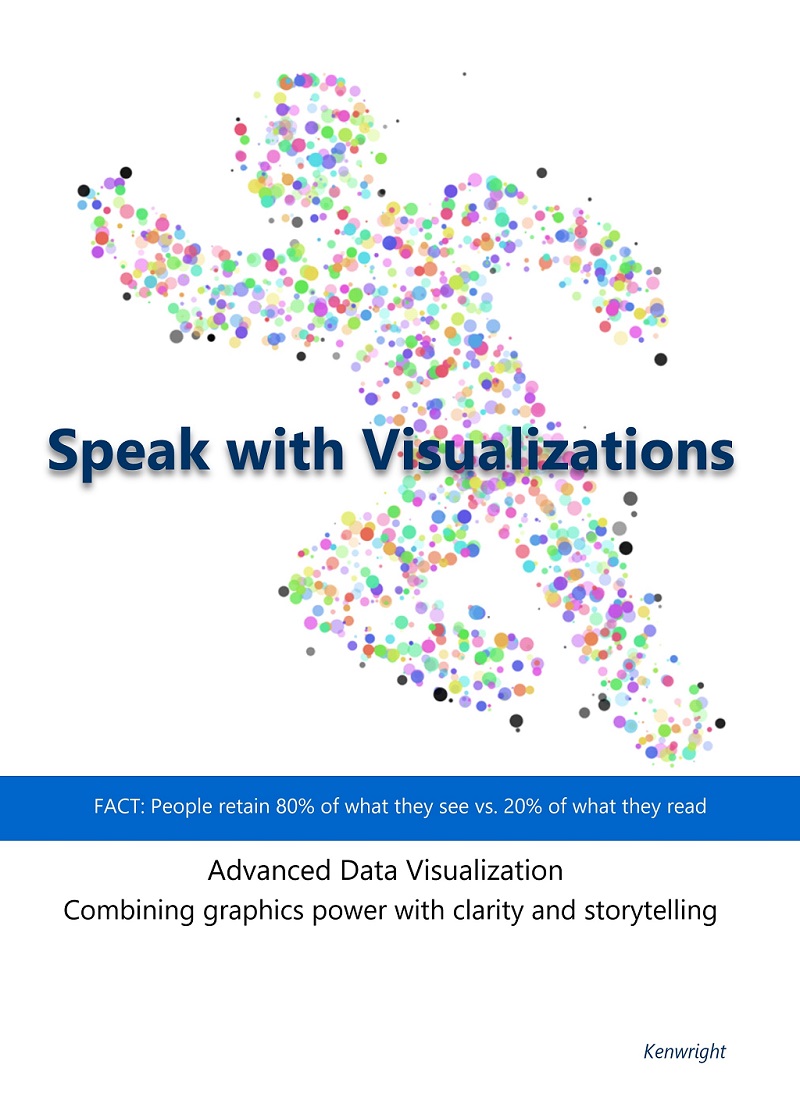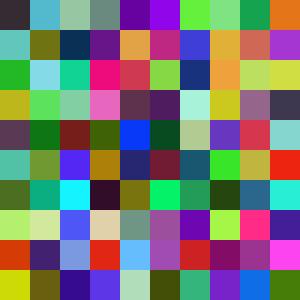

This book was born from countless late-night debugging sessions. I lost track of how many times I wrestled with graphical dashboards that almost worked - the data was accurate, the charts were colorful, yet the users kept asking, "So what?" Those long hours led me to a truth: Technical mastery of visualization tools means nothing without an equal command of human perception and analytical storytelling. It's not enough to simply display data; we have to make it meaningful. A well-designed visualization should do more than inform - it should guide the viewer to insight, helping them see patterns, spot outliers, and grasp the bigger picture. Over time, I realized that the best visualizations are bridges between raw numbers and human understanding, blending art and science to turn data into decisions. Those nights of trial and error sharpened my obsession with one question: How do we make data not just visible, but valuable? This book is my attempt to share what I've learned - practical techniques, psychological principles, and real-world examples that can help anyone transform dry statistics into compelling stories. Whether you're a data analyst, a business leader, or just someone who loves a good data visualization, my hope is that these lessons will help you create visuals that don't just sit on a screen, but spark action. But insight doesn't happen by accident. The most effective visualizations are intentional, designed with the audience's needs - and limitations - in mind. Cognitive biases, attention spans, and even color perception all play a role in whether a chart enlightens or confuses. That's why this book doesn't just teach how to build visualizations; it explores why certain designs work and others fall flat. You'll learn to anticipate the questions your viewers will ask - and craft visuals that answer them before they're even spoken. The tools we use matter, but they're only part of the equation. A stunning infographic in the latest software can still miss the mark if it prioritizes style over substance. That's why I focus on principles that apply whether you're working with Excel, Python, or a whiteboard. The best visualizers aren't defined by their toolkit - they're defined by their ability to think critically about data and communicate with clarity. And let's be honest: Data can be intimidating. For many, a spreadsheet full of numbers feels like a locked door. A great visualization is the key - one that doesn't just reveal the data, but makes it inviting. That's the magic of this craft: taking something complex and making it feel intuitive, even obvious. When done right, a visualization doesn't just present facts - it tells a story that resonates, one that sticks in the mind long after the screen goes dark. So consider this book a challenge - to move beyond default charts and lazy defaults, to treat every visualization as an opportunity to change how someone thinks. Because in a world drowning in data, the ability to make it clear, compelling, and human isn't just useful - it's indispensable.
Whether you're a beginner looking to learn the basics or an experienced professional seeking advanced knowledge, this book has something valuable to offer.
No related news found. Check back later for updates.



Community Discussions